Soft robotic devices powered by glucose are paving the way for artificial muscles.
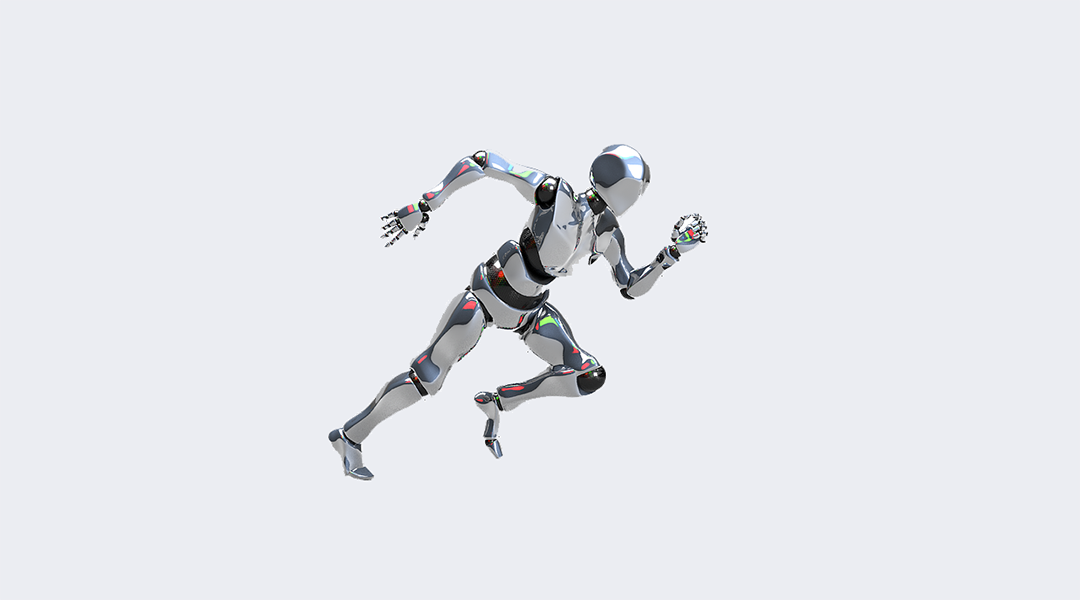

Soft robotic devices powered by glucose are paving the way for artificial muscles.
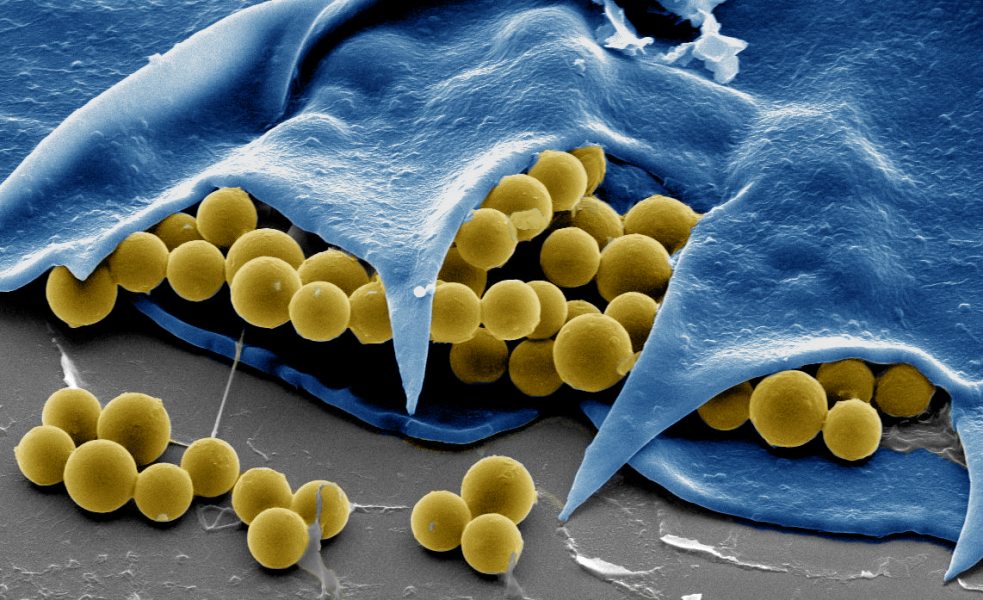
The Rotibot decontaminates water using functionalized microbeads (yellow) accumulated around the rotifer mouth (blue).
![Starfish-Inspired Soft Robot for Advanced Therapeutics [Video]](https://www.advancedsciencenews.com/wp-content/uploads/2019/02/adfm201804647_ASN_image.jpg)
A bioinspired soft actuator that responds to an alternating magnetic field is fabricated.

Space exploration and grocery shopping—how light-powered robots can help us with mundane and unimaginable tasks.
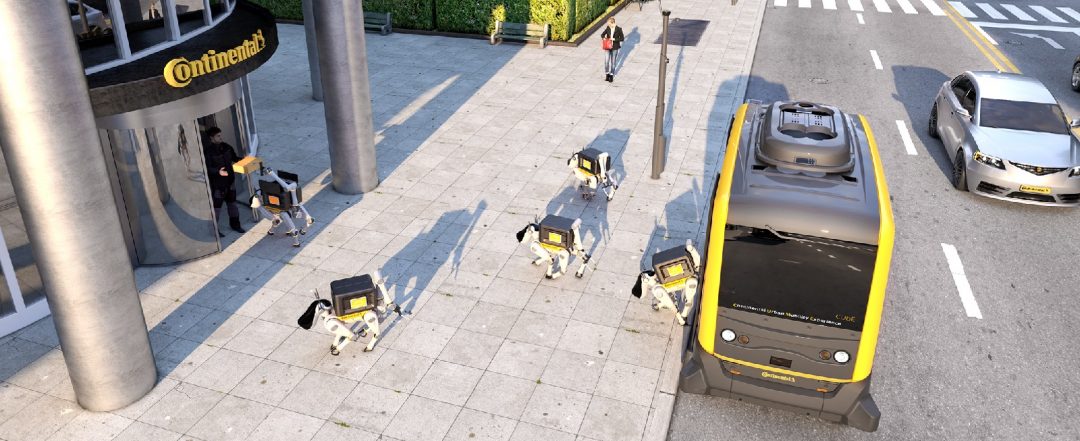
Continental has a vision of a seamless approach to goods delivery with the help of delivery robots and driverless vehicles.
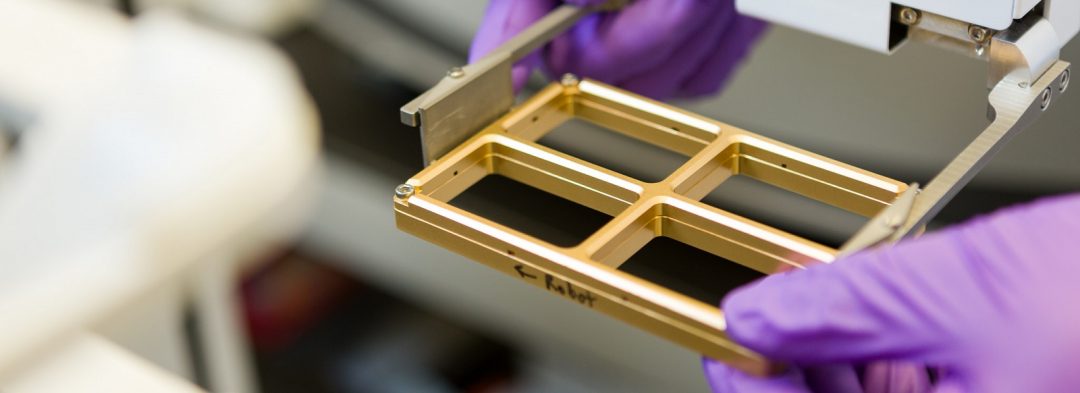
Harvard scientists launched Kebotix, an AI and robotics tech company for rapidly developing new materials.
![Fabricating Inflatable Stents using Soft Robotic Technology [Video]](https://www.advancedsciencenews.com/wp-content/uploads/2018/11/adfm201804147_ASN_image.bmp)
Soft stents that can inflate inside arteries offer an improved alternative to metallic stents.
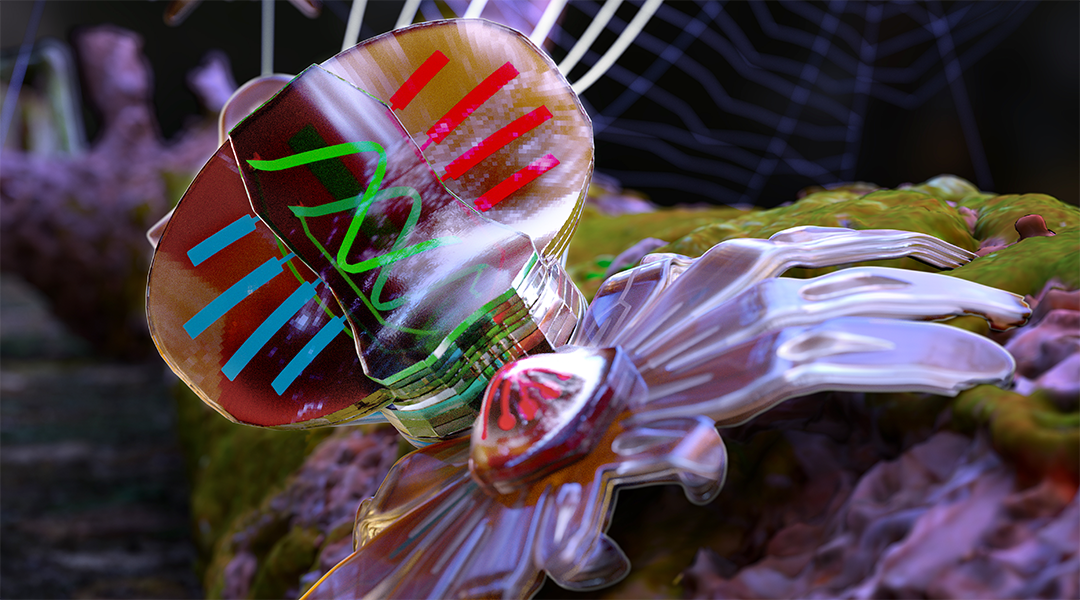
Based on the Australian peacock spider, a small, silicon-based soft robot is developed.

Autonomous machines which respond quickly, sustain high loads and adapt to their surroundings can emerge from the internal design of composite materials.
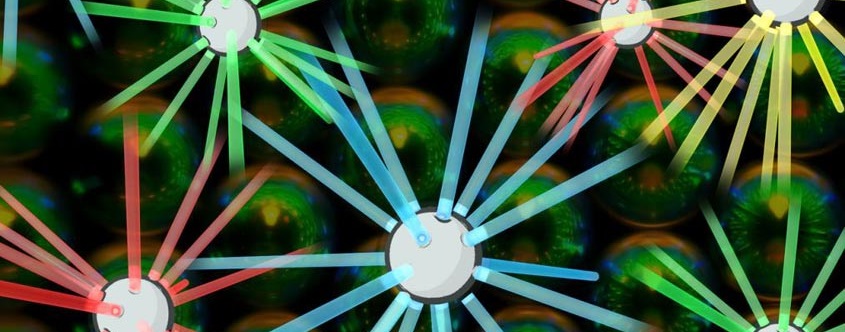
Scientists have shown the potential of liquid crystal shells as enabling material for a vast array of future applications.